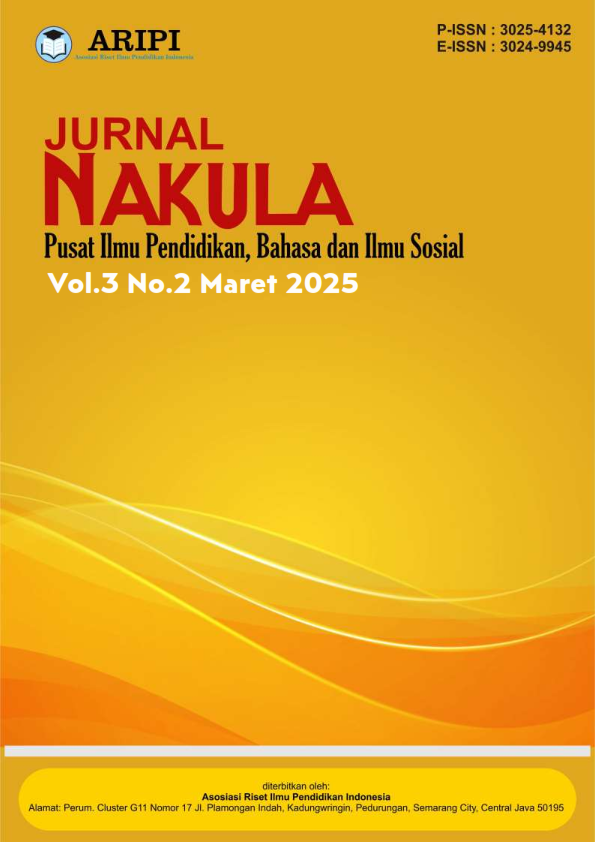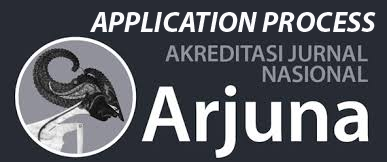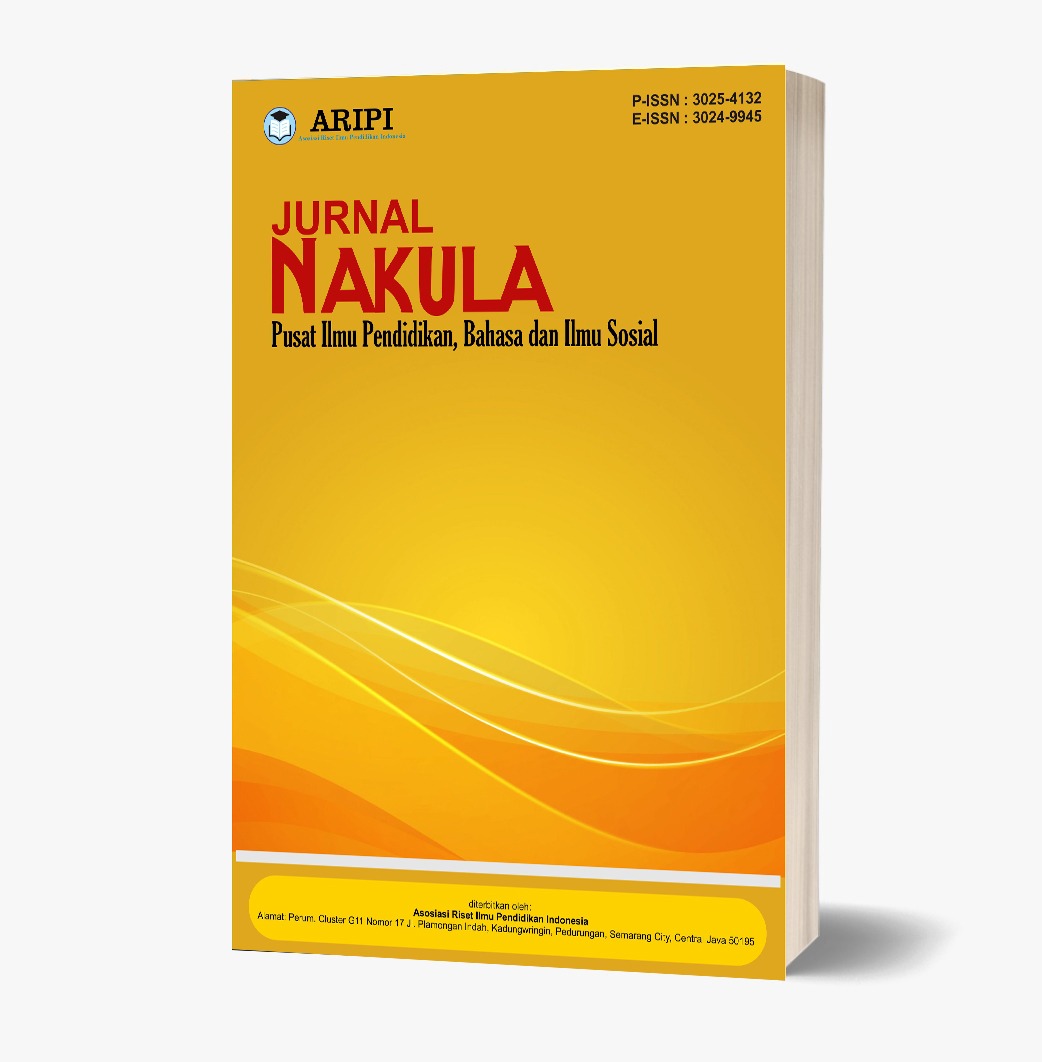The Effect of Using Fartlek Training Method on Developing Speed, Strength Endurance, and Court Defense Skill Performance in Volleyball
DOI:
https://doi.org/10.61132/nakula.v3i3.1837Keywords:
Fartlek training method, speed, strength endurance, court defense skillAbstract
The study aimed to design a training program using the Fartlek training method to develop speed and strength endurance among preparatory school students, as well as to investigate the impact of Fartlek training on improving the technical performance of court defense skills in volleyball. The researcher adopted the experimental method with pre- and post-test measurements. The sample was selected purposively and consisted of volleyball players, specifically 18 second-year students. Six students were excluded for participating in the pilot experiment, leaving 12 students as the final research sample. The Statistical Package for the Social Sciences (SPSS)، was used to analyze the results. The findings revealed statistically significant differences between the pre- and post-tests in favor of the post-test. The progressive application of exercises positively contributed to the development of both physical and skill-related variables. The researcher recommended emphasizing physical and skill-related variables due to their importance in enhancing player performance. Additionally, the study advocated for implementing the training program—with its physical and skill-focused exercises—in regular training sessions, given its effectiveness in improving all tested parameters. The use of the Fartlek training method in training units was also encouraged, as it proved impactful in developing the physical capacities of the sample.
Downloads
References
Alyan, R. M., et al. (2000). Scientific methodology and research methods (1st ed.). Amman: Dar Safaa for Publishing and Distribution.
Alawi, M. H., & Ratib, O. K. (1999). Scientific research in sports education and sports psychology. Cairo: Dar Al-Fikr Al-Arabi.
Al-Marjani, A. K. R. (1998). A study of key determinants as indicators for selecting young boxers (PhD thesis, College of Physical Education, University of Baghdad).
Al-Jabri, K. K. R. (2011). Research methods in education and psychology (1st ed.). Baghdad: Al-Naimi Printing and Copying Office.
Mahjoub, W., et al. (2000). Learning theories and motor development. Ministry of Education Press.
Hussein, Q. H. (1985). Physical fitness and technical training for sports. Mosul: Dar Al-Kutub for Printing and Publishing.
Saloom, A. (1988). The relationship between serve types and ball speed (Master’s thesis, University of Baghdad).
Hussein, Q. H., & Bastawisi, A. (1979). Isotonic muscle training in sports. Baghdad: Al-Watan Al-Arabi Press.
Hassanein, M. S., & Abdel Moneim, H. (1997). Scientific foundations of volleyball and measurement methods (1st ed.). Cairo: Al-Kitab Center for Publishing.
Al-Fadhli, S. A. K. (2003). Lectures delivered to PhD students, College of Physical Education, University of Baghdad.
Al-Janabi, A. T. (1991). The effect of a springboard jumping device on teaching the front handspring (Master’s thesis, College of Physical Education, University of Baghdad).
Al-Asaf, S. H. (1995). Introduction to behavioral science research. Riyadh: Al-Obeikan Library.
Al-Hayali, M. A. K. (2007). The impact of different load control methods on physical and skill variables for young football players (Unpublished PhD thesis, University of Mosul).
Al-Mu’min, H. S. K. (2008). The effect of a training program on developing motor abilities, basic skills, and offensive applications for youth futsal players (Unpublished PhD thesis, College of Physical Education, University of Babylon).
Al-Sheikhli, Z. S. M. (2003). The effect of regulated fartlek training on speed endurance (Master’s thesis, College of Physical Education, University of Baghdad, p. 23).
Al-Khashab, Z., et al. (1999). Football (1st ed.). Mosul: Dar Al-Kitab for Printing and Publishing.
Hussein, Q. H. (1991). Physiology: Principles and applications in sports. Mosul: Dar Al-Hikma Press.
Al-Saqqaf, F. A. H. (2010). Modern scientific training in handball. Alexandria: Horus International Publishing.
Ibrahim, L. (2010). Foundations of sports training. Diyala: Central Press, University of Diyala.
Al-Ali, H. A., & Shaghati, A. F. (2010). Strategies and methods of sports training (1st ed.). Baghdad: Al-Noor Printing Office.
Sabri, A. M. (1993). The effect of strength endurance on middle-distance running performance (Unpublished Master’s thesis, College of Physical Education, University of Baghdad, p. 136).
Shehata, M. I. (2003). Contemporary gymnastics training (1st ed.). Cairo: Dar Al-Fikr Al-Arabi, p. 91.
Bouerman, W. (1974). [Title unavailable]. Boston: Houghton Mifflin Company, p. 14.
Timothy, R., et al. (2009). Applied anatomy and biomechanics in sport (2nd ed.). Australia: Price Avenue, p. 130.
Downloads
Published
How to Cite
Issue
Section
License
Copyright (c) 2025 Jurnal Nakula : Pusat Ilmu Pendidikan, Bahasa dan Ilmu Sosial

This work is licensed under a Creative Commons Attribution-ShareAlike 4.0 International License.







